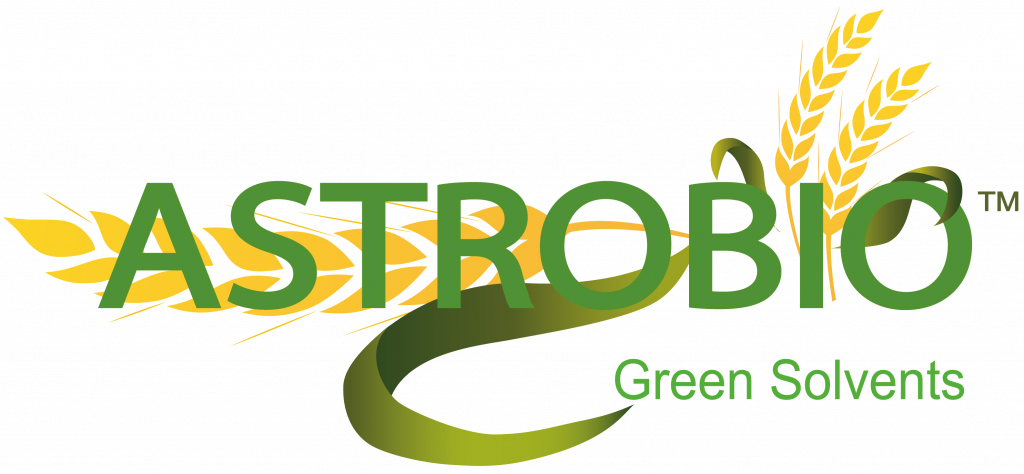Times have changed
Many times when we hear or read about renewability and sustainability, we are thinking what do they matter with our daily life and activity.
Normally we reply: they don’t matter at all!
On the contrary, if you consider how many products have changed in our present activities, in comparison with those used by our grandparents, let think about how many of them have been recognized as dangerous, harmaful, toxic or even carcinogenic!
This list could be very long!
It must be considered that once upon a time things were pretty different.
Our choices were limited to just an alternative: using what it was available or not working at all!
In most cases, the great part of toxicity aspects and consequences on human health weren’t known at all, neither labels nor protection devices were available.
Unfortunately, all consequences have been recognized after many and many years.
An awful and widespread example is asbestos roofing.

It has been invented in 1901 and during the time it has grown a lot and accepted as a standard material for covering roofs, drinking water pipings, etc..
It took almost 60 years to fully recognize its inherent dangerousness and further 25 years to completely stop its production!
You will surely think: “25 years are a lot, why so much?“
Answers may be several, but the simplest is the following one:
Persons do their best to resist the changes, even though danger is in front of them, and don’t want to act until when they are forced doing it from the law.
The same thing is valid for solvents.
Since years, safer alternatives to some petrochemical solvents are available on the market, but very often industrial users and consumers:
- aren’t aware of them,
- aren’t interested in it,
- what are these so called biosolvents?
What are these so called biosolvents?
They are a family of solvents of natural sourcing, deriving mainly from the fermentation of carbohydrates contained in vegetables (i.e. sugars and starches) and from physico/chemical transformation of other natural feedstocks.
They have been studied and developed on purpose in order to replace traditional, commodity solvents you are using every day.

However, biosolvents are already used around the world by a large number of companies.
I’m talking about virtuous companies that really care about the health of their workforce and want to low their impact on the environment.
There are so many fields where biosolvents will replace traditional ones.
For example in the production of solvent-based coatings (e.g. paints, varnishes, lacquers, inks, adhesives, sealants, paint strippers), formulation of industrial and consumer cleaning products, cosmetics formulations,
membrane manufacturing, polymer and resin synthesis, extrusion of plastics, plastic recycling, industrial maintenance procedures and many, many more.
This is just the tip of an iceberg and maybe you might be in need to replace toxic solvents you are actually using without knowing it.
Benefits of Biosolvents
Biosolvents can assure 4 main advantages:
- replacing traditional solvents, yet keeping their applicative features;
- non toxic, being labeled just as irritants, instead of hazardous, toxic, carcinogenic, dangerous for environment, etc…;
- Renewable and Biodegradable;
- more and more of them will be tailor-made (i.e. studied and developed in order to fulfill even single customer requirements);
- accordingly to recent research ( Research Inc., 2016 ) by 2020 worldwide biosolvents’ market will be worth over than 3,6 million metric tons.
I’m Renato Giani and I’m a chemist.
Since 2000 I’ve been working in industrial biotechnology and for more than 10 years I’ve been involved in research and development of innovative solvents of vegetal origin.
Since 2012 I’m Director of ASTROBIO™ Division of Liberty Chemicals srl, Italy.
Biosolvents are not for everyone
At Eurocoat 2016, held in Paris, I’ve held a short lecture on our biosolvents and our stand has registered great attention on our products by plenty of visitors.
You can find a full video and other interesting ones in section “resources“ of our website.
I have to be honest with you: biosolvents aren’t for all people or companies.
Notwithstanding their several advantages, if you consider them just on the price level, nowadays they are still the most expensive solution.
Furthermore, nobody forces you to get rid of acetone or white spirit or aromatics, even though their inherent risks are well known to everybody!
But, if you too are an innovator, if you aren’t afraid about changes and if you really care about health of your collegues and employes this is the right choice to make.
If you think it’s really possible (and believe me it is) now to replace old solvents, by testing available alternatives, please, send us your comments to this post or write to our team by subscribing to our reserved area.
We’ll be eager to answer you.
What are you waiting for?
Thousand of companies around EU have already swith from toxic fossil-based solvents to our bio-based alternatives.

